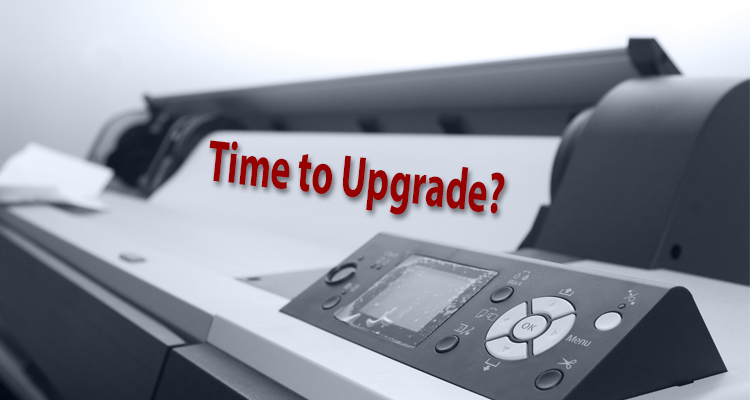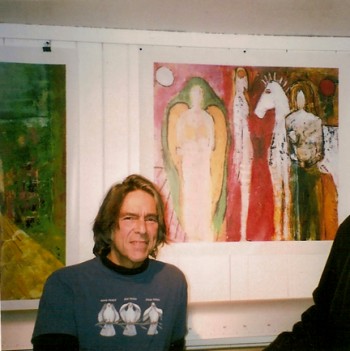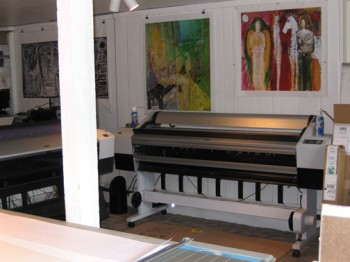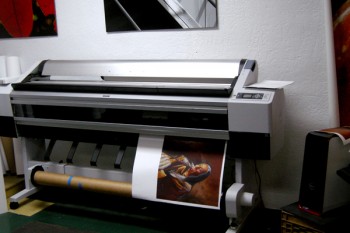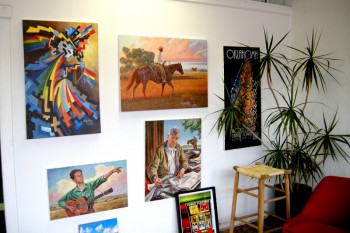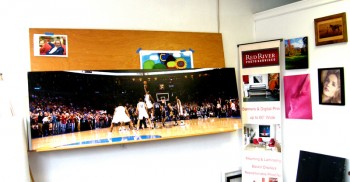
The start of a new year is the perfect time to evaluate your business goals and ensure that you have the right equipment to help you reach those objectives. With all the new printers and different technologies available today, we asked in-house printer expert Michael Clementi to weigh in on how to tell if it’s time to replace your old printer.
Q: What are the most common ways to tell if your printer is aging?
A: For aqueous piezo technology (like Epson or Roland), you’ll experience vertical banding running the length of the print, errors that you cannot navigate past or an increase in the number of cleanings needed to produce a healthy nozzle check. For aqueous thermal user-replaceable printheads (such as Canon or HP), you may see hardware errors on the machine. You can call a LexJet representative to help determine what may be causing the error; however, if you need service, it would be best to contact the printer manufacturer for quotes or troubleshooting. Some hardware-related issues indicate the need for a head replacement – not uncommon for thermal printers – but errors related to what I call the “drive train” of the printer (i.e.: belts, head/carriage motors and internal electrical components) might be reparable, but the difference in cost of repair vs. upgrading to the latest technology might be almost negligible.
Q: Are there any repairs that are worth the cost rather than buying a new printer?
A: If it is an older Epson or Roland that needs a full printhead replacement (which are not user-replaceable and can cost more than $600 for just the parts, not including labor), it makes more sense to use those funds towards a new printer. With a new model, you will have better ink usage, print more profitable jobs, work with current technology and have a printer that is covered under warranty. New technology has allowed for increase in output and a significant decrease in the footprint of the printer. New printers will also be more efficient and will offer a wider color gamut than older models. If your current printer is several generations old, it may be difficult finding parts for the repair due to the manufacturers halting production of older parts (as they call, “end of life”).
Q: What kind of lifespan can I expect to get from a printer?
A: The average lifespan for aqueous machines is three to five years, depending on the technology, frequency of use and how well it is maintained. Solvent and latex printers can be in the six- to eight-year range, again depending upon use and maintenance.
Q: When is it a wiser investment to upgrade rather than repair?

